We must eat food to survive, and that’s because our bodies demand energy to carry out all of life’s biological processes.
This energy comes from the nutrients we get from the digested food we eat.
For the body to function optimally, our energy intake must match our output.
When we achieve this correct energy balance, this is also known as metabolic homeostasis. Maintaining this correct energy balance is important to ensure bodily functions don’t suffer and that overall health is maintained.
In this article we will break down some of the important nutrients required to support specific organ systems and their functions. We will also examine the hormonal reactions caused throughout these processes.
Before digging in, as a valued reader of the blog, I’d like to extend you an invitation to our upcoming and totally FREE online training workshop:
‘The Proven Nutrition Strategies of Elite Trainers’.
This workshop is for you if you want to finally learn the best nutrition protocols and evidenced-based strategies to help your clients achieve life-changing results.
This workshop is our most complete training on how to make nutrition coaching easy and profitable.
All you need to do to attend is click here to register your free spot.

Nutrition and The Organ Systems
Every organ system in the body requires energy from the nutrients we eat. Without this energy there would be no output and with no output the human body would fail.
The body has therefore successfully adapted at efficiently exporting nutrients for energy production to all 11 organ systems. This process starts with the digestive system, and when nutrients reach the small intestine, they are directly transported to the liver.
The liver is therefore the only organ system in the body capable of exporting nutrients to other organ systems.
Nutrient levels and the hormones that respond to their levels in the blood dictate to the liver how it should distribute these nutrients throughout the other organ systems i.e the body.
The endocrine system
The endocrine system could be considered one of the most important when it comes to nutrition. That’s because this organ system is responsible for regulating appetite, nutrient absorption, nutrient storage, and nutrient usage, along with many other functions such as reproduction.
The endocrine system is also home to a number of glands within the body, such as the pituitary, thyroid, parathyroid, adrenals, thymus, pineal, pancreas, ovaries and testes.
Each of those glands secretes at least one or more hormones, which are biological molecules that regulate cellular processes in other target tissues.
One important point to consider here is that all of these systems are connected. They are either functioning or they are not. For the endocrine system, adequate nutrition is critical for the optimal functioning of all of these glands.
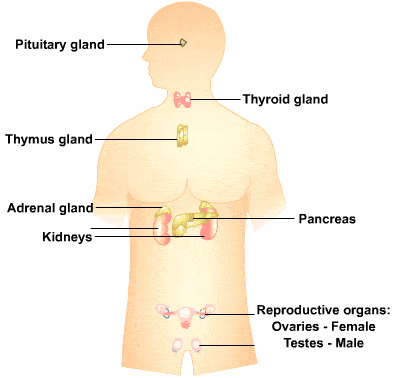
Lets break down some of these glands and their respective hormones, to see how nutrition can affect them:
Thyroid
The hypothalamus (in the brain) is the starting point for the production of the thyroid hormones. It’s here where ‘thyrotropin-releasing hormone’ (TRH) is produced and delivered to the pituitary gland to then release a ‘thyroid- stimulating hormone’ (TSH).
Only when this TSH releases into the thyroid will it cause the release of these hormones into the blood stream.
This release of thyroid hormones can be broken down into two components. T4 (thyroxine) is a prohormone that is typically converted to T3 (triiodothyronine) in the kidneys, liver and muscles. It’s these two hormones that are produced by the thyroid gland.
Within these two hormones we see ‘free’ levels of T4 and T3, meaning the actual amount of ‘active’ production that the body can use.
These thyroid hormones take a full circuit around that body and end up back at the pituitary gland. When the pituitary receives these hormones, it signals for more TSH to be released, and the cycle continues.
The functioning of these hormones are important, as it is a primary driver for transporting energy throughout the body. It also shuttles oxygen into cells, which in turn burns calories.
Lastly it maintains body temperature, which affects energy delivery and food digestion.
Adrenals
We have previously looked at the stress effects on the body and its impact hormonally on the body.
The main cause of excess cortisol is stress. Cortisol is a natural steroid hormone produced by the adrenal glands when the body experiences stress. This stress can cause a wide range of factors, but it can also be linked to dietary physical stress, such as overeating, lack of nutrients, and severe digestive issues.
Just like we see with thyroid dysfunction, excess stimulation of the cortisol hormone can lead to failure or misfiring of the system.
Pancreas
The pancreatic glands are typically the most talked about connection between nutrition and the functions of the endocrine system. This is because of the link between obesity and the development of type II diabetes.
This is the result of the relationship between over-nutrition and the resultant diminished response from the pancreatic hormone insulin. Whenever large amounts of food are consumed, particularly those with a high fat or high sugar content, we see a large release of insulin from the pancreas.
The response can be ‘abused’ by the constant over eating cycle and in turn these cells become ‘insulin-resistant’. Insulin’s main role within the body is to shuttle the excess glucose in the body towards the liver, muscle and fat cells.
If these cells become resistant to insulin they do not take up enough glucose (or fatty acids) so glucose remains at high concentrations in the blood.
With chronic levels of blood glucose in the blood, this causes an over activation of the release of insulin, exacerbating the situation. In time this can also cause damage to other tissues and lead to increased risk of other cardiovascular diseases.
The Gonads (Testes and Ovaries)
The reproductive system in both sexes will dictate the response of a number of key hormones, such as oestrogen, testosterone and androgen.
Let’s break all them down in detail:
OESTROGEN
Oestrogens are found in both males and females as they are produced not only in the ovaries and testes, but in the adrenals too. It is however a key hormone that stimulates the sexual characteristics in both sexes.
There are 3 different kinds of oestrogen:
As with all the hormones and gland productions, it’s important to ensure balance within oestrogen levels. If not, and excessive levels occur, this can lead to water retention, decreased sexual drive, decreased thyroid output, reduction of oxygen levels in cells, insomnia and a decrease in the ability to metabolize fat cells.
The release of oestrogen is dictated by signals from the hypothalamus (brain) and the pituitary gland. The pituitary gland then releases hormones such as the luteinizing hormone(LH) and follicle stimulating hormone(FSH), along with up-regulation of the adrenals (in men) and ovaries.
Progesterone is an opposing hormone to that of oestrogen. It has also been linked to being a precursor to the production of other hormones. They therefore work in sync, balancing one another, assuming they do their jobs correctly.
Upsetting this balance, or ratio of hormones is never a good thing. There are numerous reasons as to why this ratio can be disturbed, including environmental factors and excess stress, but there is a lack of research or studies to clarify this.
When it comes to nutrition, this can most certainly have a direct effect on oestrogen levels. Being malnourished or lacking in certain macronutrients has been shown to lower and raise estrogen levels. Some research has been conducted to look at how extended periods of under eating (calorie deficit) can lead to the lack of production and usage of oestrogen in the body.
TESTOSTERONE
Testosterone is another hormone that stimulates the sexual characteristics in both sexes, and is found in much lower concentrations in females. Its role within the body is to build muscle tissue, boost the immune system, and increase blood cell production and much more.
Unlike excessive oestrogen levels, too high testosterone levels are rarely the case; it’s generally the negative impacts we see from low testosterone levels.
Symptoms of low testosterone levels in men and women are commonly the effects of fatigue, low sex drive, decrease in muscle mass and an increase in abdominal fat storage.
Low levels of testosterone can also be linked back to environmental factors, mental and physical stress and malnourishment.
Androgens
The androgens hormones are mainly produced in the adrenal glands, with the main hormone being DHEA. DHEA acts as a precursor to other male and female sex hormones and aids in adrenal function.
This group of hormones has also been shown to regulate the function of many organs, such as the reproductive tract, bone, kidney, liver and muscle.
Just like the other hormones, a balance is key with androgens. Low levels can bring symptoms of low libido, fatigue, and bone disease. High levels can form polycystic ovary syndrome (PCOS), characterized by irregular or absent menstrual periods, infertility, acne and even ovarian or adrenal tumours.
The circulatory system
The circulatory system is essentially the body’s own in-built delivery service.
Its primary function is to transport nutrients to cells and waste products away.
It is comprised of the heart, blood and blood vessels. The blood is the main transporter that is pushed around the body by the heart. It travels through a complex blood vessel network, comprised of arteries, veins and capillaries.
The capillaries deliver this nutrient rich blood to the cell and exchange this energy for metabolic waste. These tiny capillaries have a reduced diameter to reduce the speed of blood flow, giving the cells added time to absorb the nutrient rich blood and exchange it for waste and carbon dioxide.
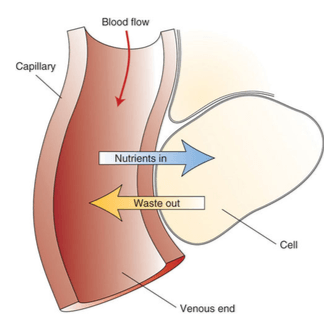
The central nervous system (CNS)
The central nervous system consists of the brain, spinal cord and a host of other nerve bundles in the body.
This system is comprised of neurons, and the human brain is estimated to contain over one hundred billion neurons alone. The brain is also known as the ‘command centre’ to the CNS as it controls all body functions.
For example, when we decide to pick something up, say a deadlift in the gym, a sensory neuron transmits a signal from our muscles through the spinal cord and into the brain.
It then processes the signal and replies via another neuron in the brain, that travels back to the muscle that will lift the weight. This signal stimulates those muscles to contract and you are able to pick up the weight.
This process occurs at lightening speed and all enclosed within a vast communication network of cells.
All nerve impulses travel by the movement of charged sodium, potassium, calcium and chloride atoms. As you know, these are a few of the essential minerals in our diets, and considered essential because of the important role they play in the CNS function.
The mineral potassium aids in proper nervous system function by regulating nerve impulses. Potassium plays a role in action potentials, the electrochemical impulses your nerve cells use to transmit a signal throughout the cell.
Over the course of an action potential, sodium and potassium flood into and out of the cells, providing a temporary electrical signal that elicits a response within a nerve cell.
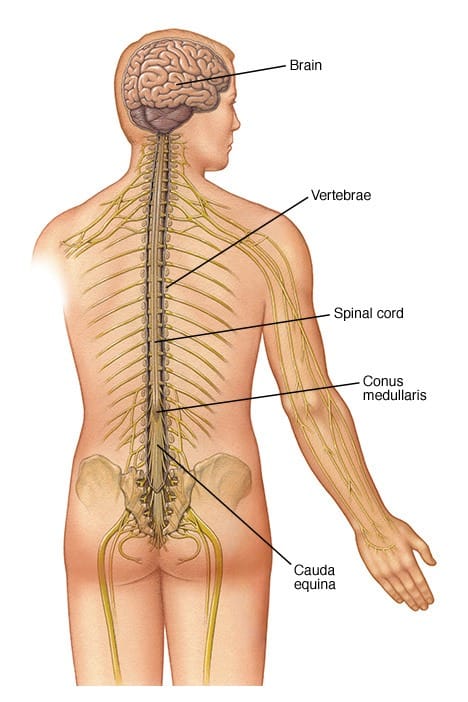
Foods rich in potassium such as bananas, prune juice and oranges can help us consume adequate levels of potassium each day, supporting proper nervous system functioning.
Calcium also plays an important role in regulating action potentials in nerve cells within your brain and throughout the body. Calcium’s main function is to initiate action potential and return it to normal state once again.
Calcium consumed in the diet is therefore of importance, such as in dairy products, beans and kale.
Nerves communicate with each other via chemicals built from amino acids called neurotransmitters. Providing the body with adequate protein from various sources will ensure it gets all of the different amino acids it requires for optimal CNS function.
The brain is known as the body’s central computer and uses over 20 percent of the energy obtained from nutrients. The fuel comes in the form of glucose, and is the only source of energy it can use (outside of starvation). Although glucose is its primary source of energy, research has shown that chronically high blood glucose levels can damage brain cells.
In addition, some studies have now linked continuously high blood glucose levels to an increased risk of developing Alzheimer’s disease.
It’s therefore important to find the right dietary balance to support the optimal function of the CNS. Aside from a diet high in fruit and veg, while low in processed fats and sugars, one that is also rich in omega 3 fatty acids and antioxidants can provide the brain with more energy and protection.
The immune system
The immune system is another complex organ system in the body comprised of white blood cells, skin, mucus and bacteria. Its main role is to seek, recruit, attack and destroy foreign invaders, such as bacteria and viruses that enter the body.
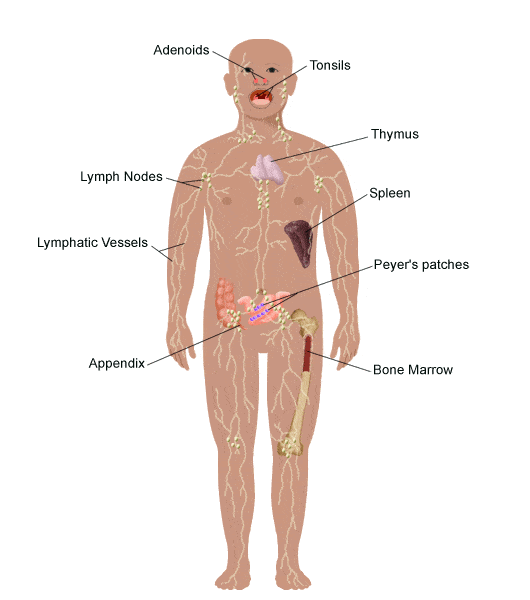
The muscular system
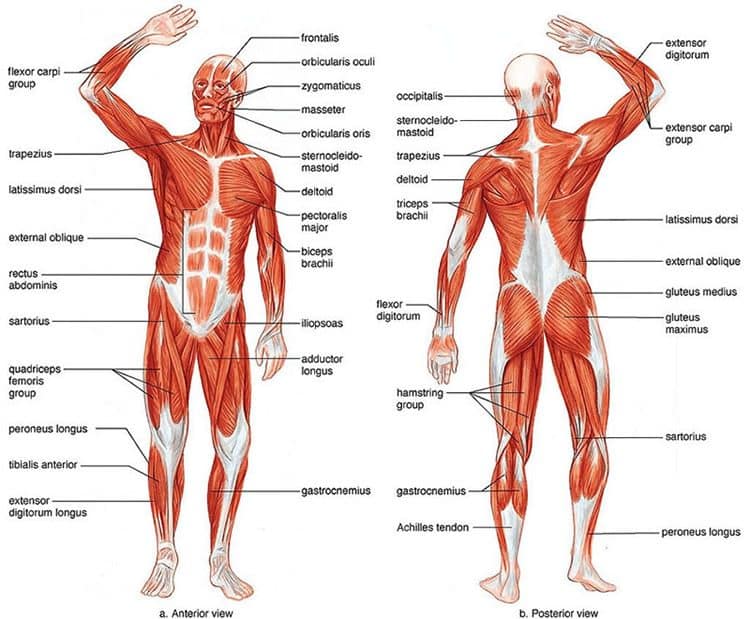
The muscular system allows the body to move voluntarily and involuntarily (digestive system and heartbeat). It is comprised of over 600 skeletal muscles, and each and every single muscle will require energy to move and perform its functions.
Muscle cells, just like liver and fat cells, have the ability to store this energy for when needed, in the form of glycogen. This storage doesn’t last for long as every muscle contraction relies on energy delivery to the muscle.
When energy levels are low, this muscle contraction weakens. The body does not need to receive this energy as direct glucose like the brain, as muscles will also used alternative fuels such as amino acids and fatty acids to provide energy.
Energy
To date, we have looked at the importance of dietary choices to provide adequate nutrients for energy provision to the cells and organ systems.
This energy is essential to life.
This energy can be classified as either:
Within these two classifications we have 3 basic forms of energy:
- Thermal energy: This is heat energy and typically consists of kinetic and potential energy.
- Chemical energy: this is energy derived from a chemical process i.e. blood sugar reacts with oxygen in the body to produce glucose.
- Electrochemical energy: this is energy in the form of electrical impulses i.e. nerve impulses received from the brain to signal the release of further neurons.
When it comes to defining the energy in our nutrients, this is done through the unit measurement known as ‘calories’. A calorie is the amount of energy in the form of heat that is required to heat one gramme of water one degree Celsius. A calorimeter is used to find the certain amount of calories in a particular food substance.
Become an elite-level nutrition coach
My team and I have just finished up creating a brand new online training workshop called 'The Proven Nutrition Strategies of Elite Trainers.'
Best part? It costs you nothing. This is your official invite - all you need to do to attend is click here to register.
This free nutrition course is for you if you want to finally learn the best nutrition protocols and evidenced-based strategies to help your clients achieve life-changing results.
Join me and I’ll walk you through the exact steps you need to take in order to get incredible client results, boost your confidence and build your business with proven nutrition coaching strategies.

